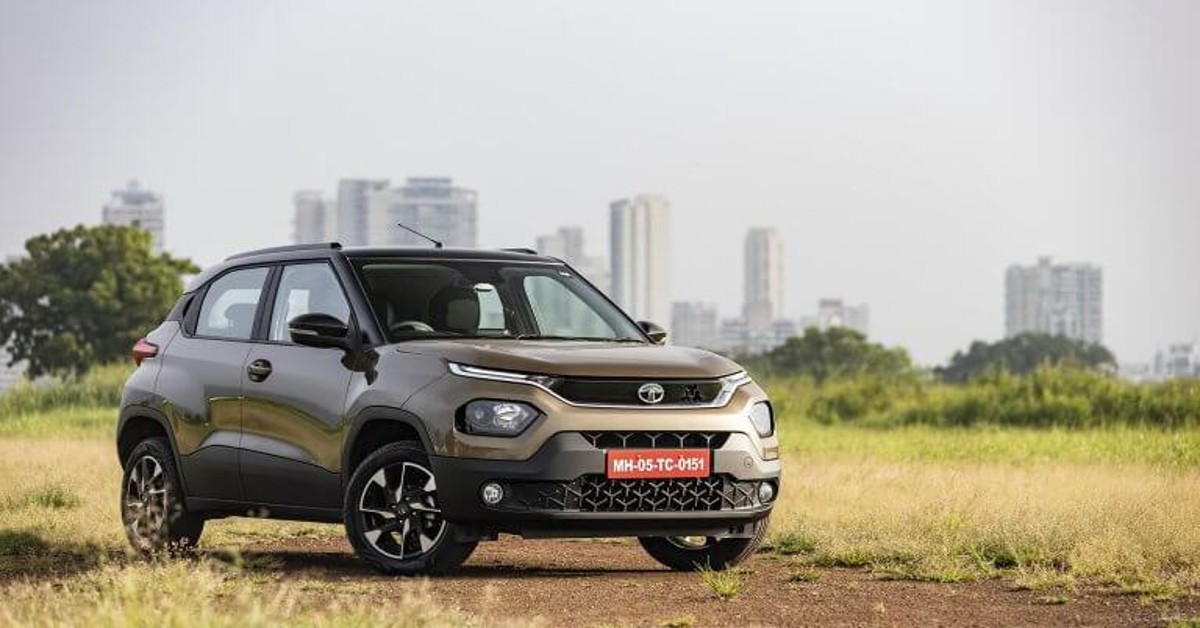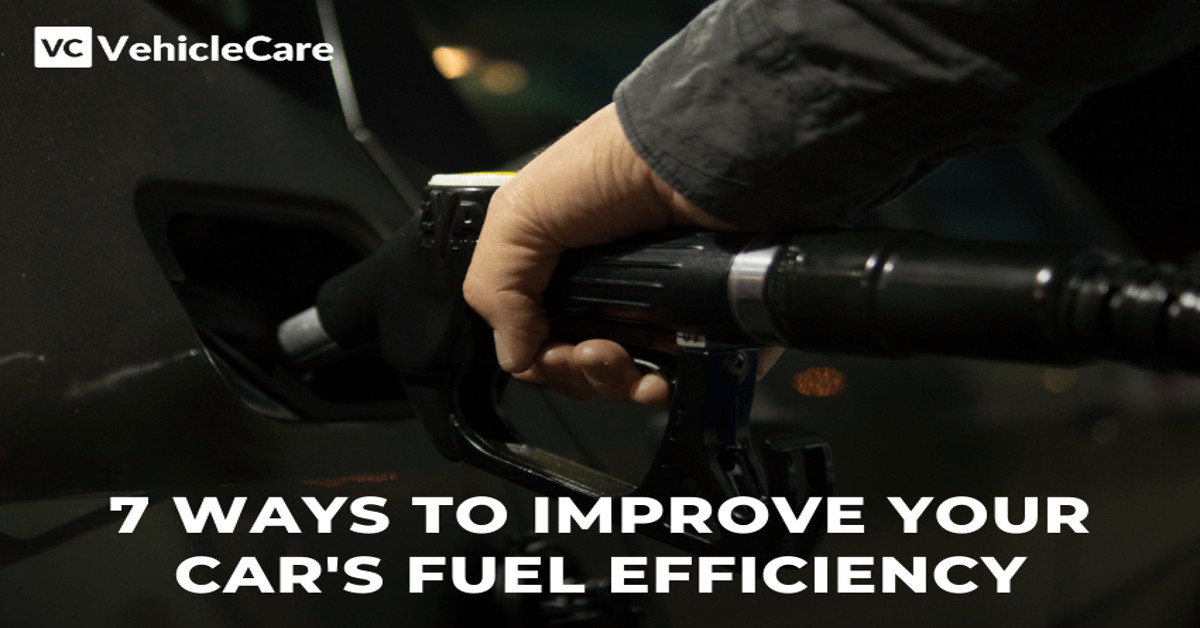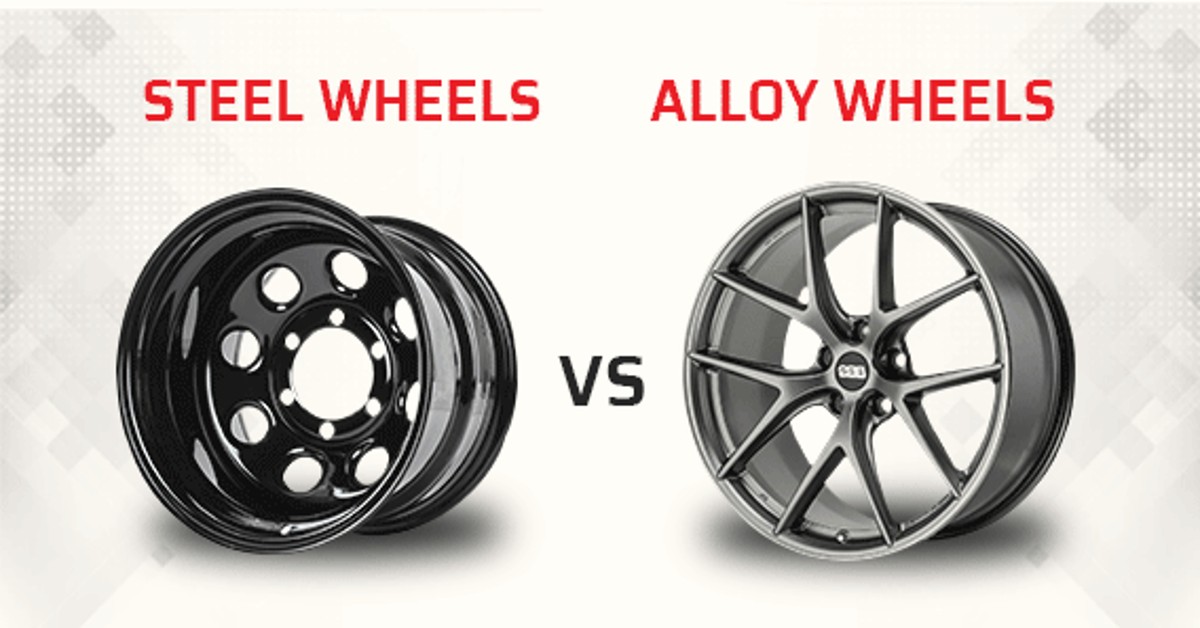If you drive a car, there’s a good chance that you’re concerned about how much fuel you use and how much money it costs to fill up your tank.
If this sounds like you, then you’ll be happy to know that there are plenty of ways that you can improve your car’s fuel efficiency in order to save yourself some money at the pump and help the environment at the same time. Here are 7 tips on how to improve your car’s fuel efficiency and save money!
Table of Contents
Keep your tires inflated to the correct PSI
Under-inflated tires cost you. In fact, an under-inflated tire can lower fuel efficiency by up to 3.3%, according to a study published in 2004 in Tire Science and Technology. The same study showed that over-inflated tires drop fuel efficiency by as much as 4%. If your car has a tire pressure monitoring system (TPMS), use it.
Remove extra weight from your car
Do you have any extraneous items in your car that you don’t need, such as extra tools or bags? These things increase your car’s weight, which decreases its fuel efficiency. Get rid of them! And if you really don’t need to take something with you, leave it at home. Why put extra weight in your car?
Keep your car in good running condition

Keeping your car in good condition can be a key factor in improving its fuel efficiency. Regular maintenance and repairs are necessary to ensure that you’re getting every mile out of your vehicle as possible.
It’s also helpful to keep an eye on tire pressure and make sure your tires have enough tread left on them, as these two factors have been proven to have a significant impact on fuel efficiency.
Avoid fast acceleration and hard braking
Accelerating hard and braking quickly are two of your worst enemies when it comes to fuel efficiency. Easing into your acceleration will help you achieve better fuel mileage by keeping you from wasting fuel by speeding up too fast and letting off abruptly, which is great for both your engine and your wallet.
Drive at the right speed, especially on hilly roads
Hilly routes require more power to accelerate, so if you’re driving a car that relies on fuel efficiency, slow down a bit and be patient.
For example, instead of accelerating quickly and then cruising at 80 miles per hour (130 kilometers per hour), maintain an average speed of 65 mph (105 km/h) or less. By keeping your speed in check, you’ll achieve better gas mileage overall.
Use cruise control whenever possible
If you don’t drive like a maniac (you do), cruise control can save a lot of fuel. By taking your foot off the fuel and relying on a cruise, you’ll save fuel while still maintaining an appropriate speed. Yes, if you are driving 80 mph all day long, your car will use less fuel than if you were driving 65 mph—but it’s not really saving much.
Don’t idle your engine
Idling your car, even for a few minutes, wastes gas and contributes to pollution. When you’re waiting in a long line of traffic or at a stoplight, turn off your engine and idle your music instead.
Try to leave as little as possible when stopping for short periods; again, listen to your tunes! And if it’s hot outside (or cold), keep those windows rolled up—you don’t want that fresh air going out and warm air coming in.
Final Words
Conclusion: Driving a car, while convenient, is not always the most economical way to get around. While you might be able to save on parking and gas prices by driving your own vehicle, it requires a lot of fuel. The best way to reduce the amount of fuel you use each month is by following these tips when driving around town.




